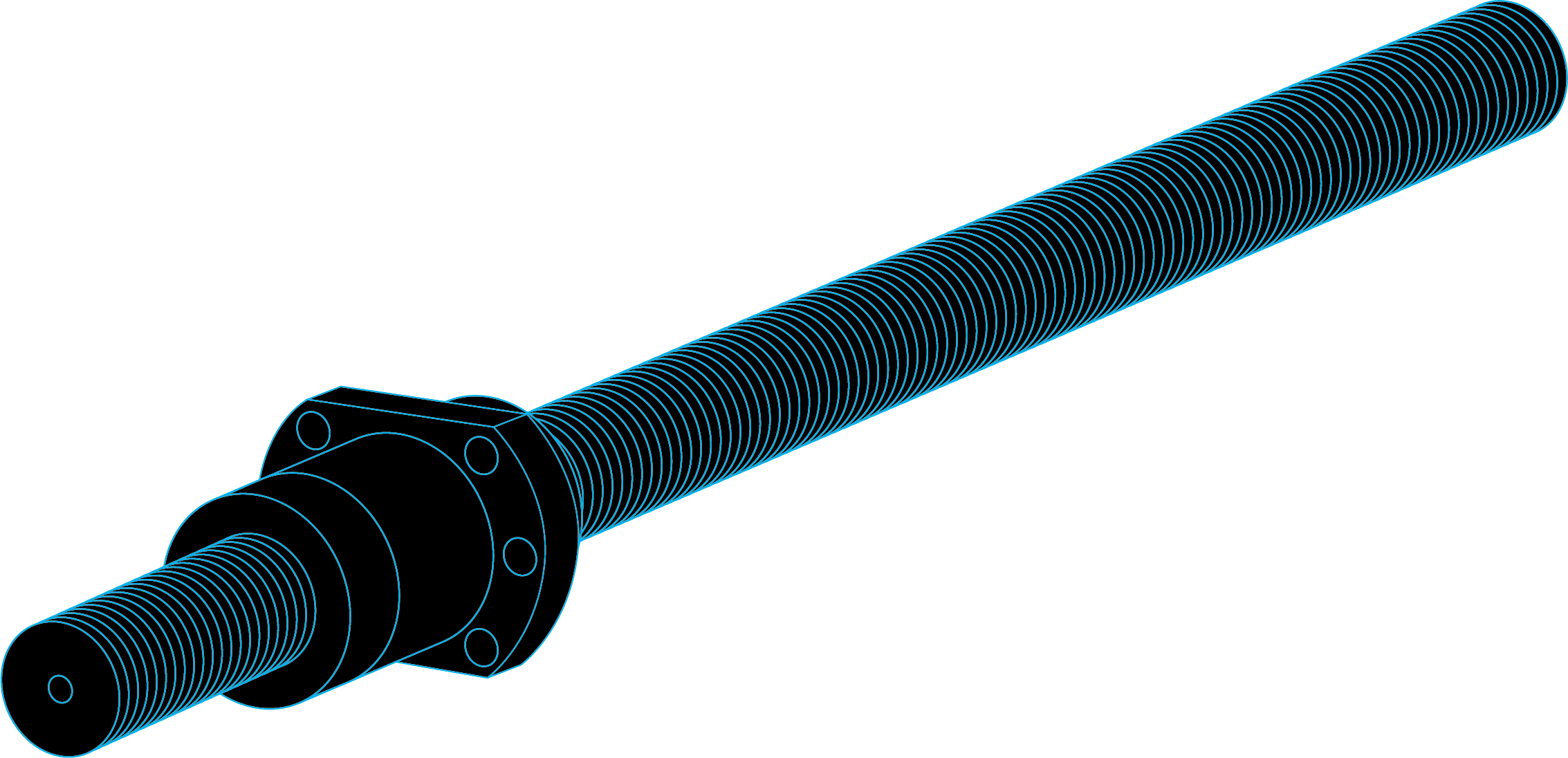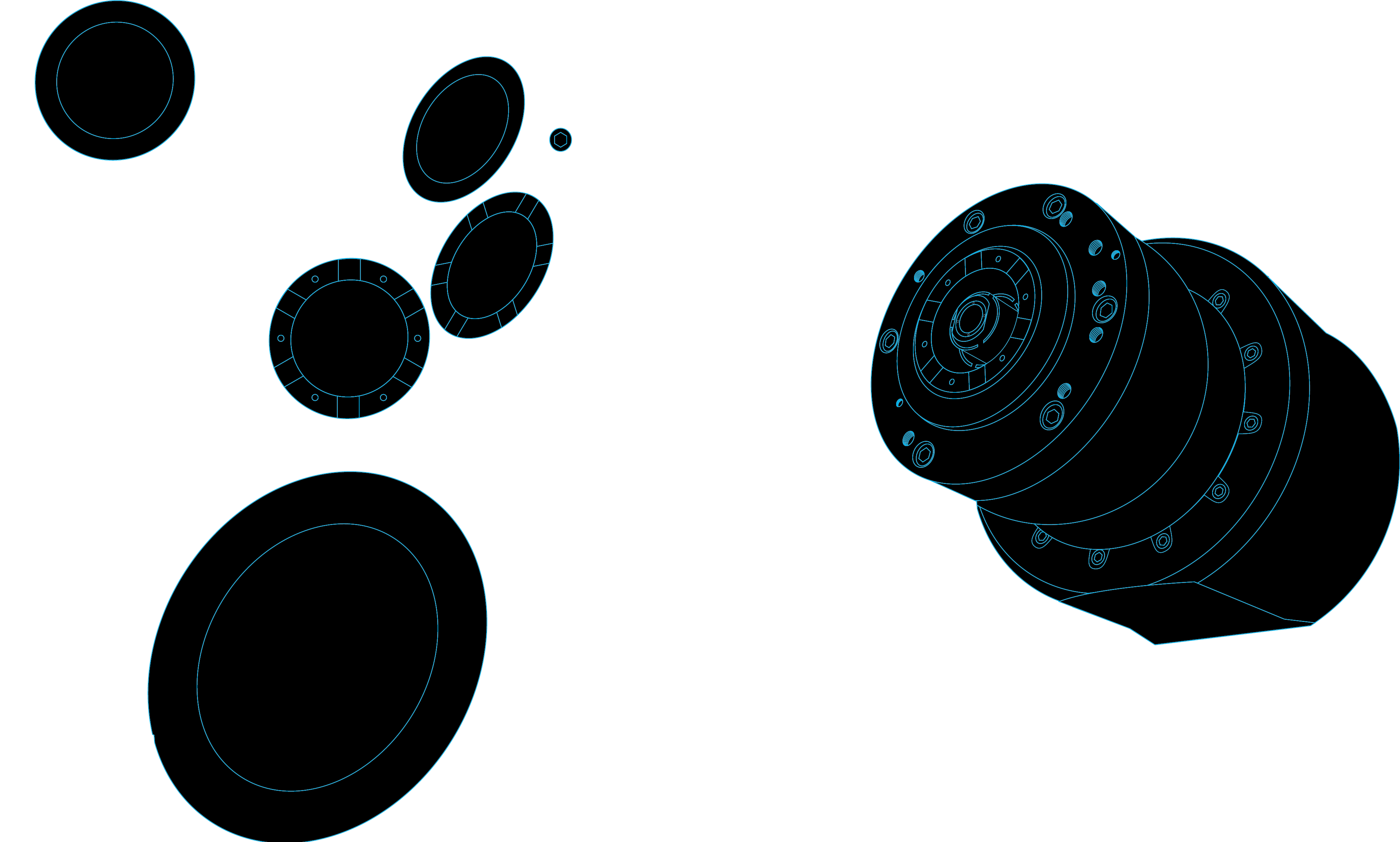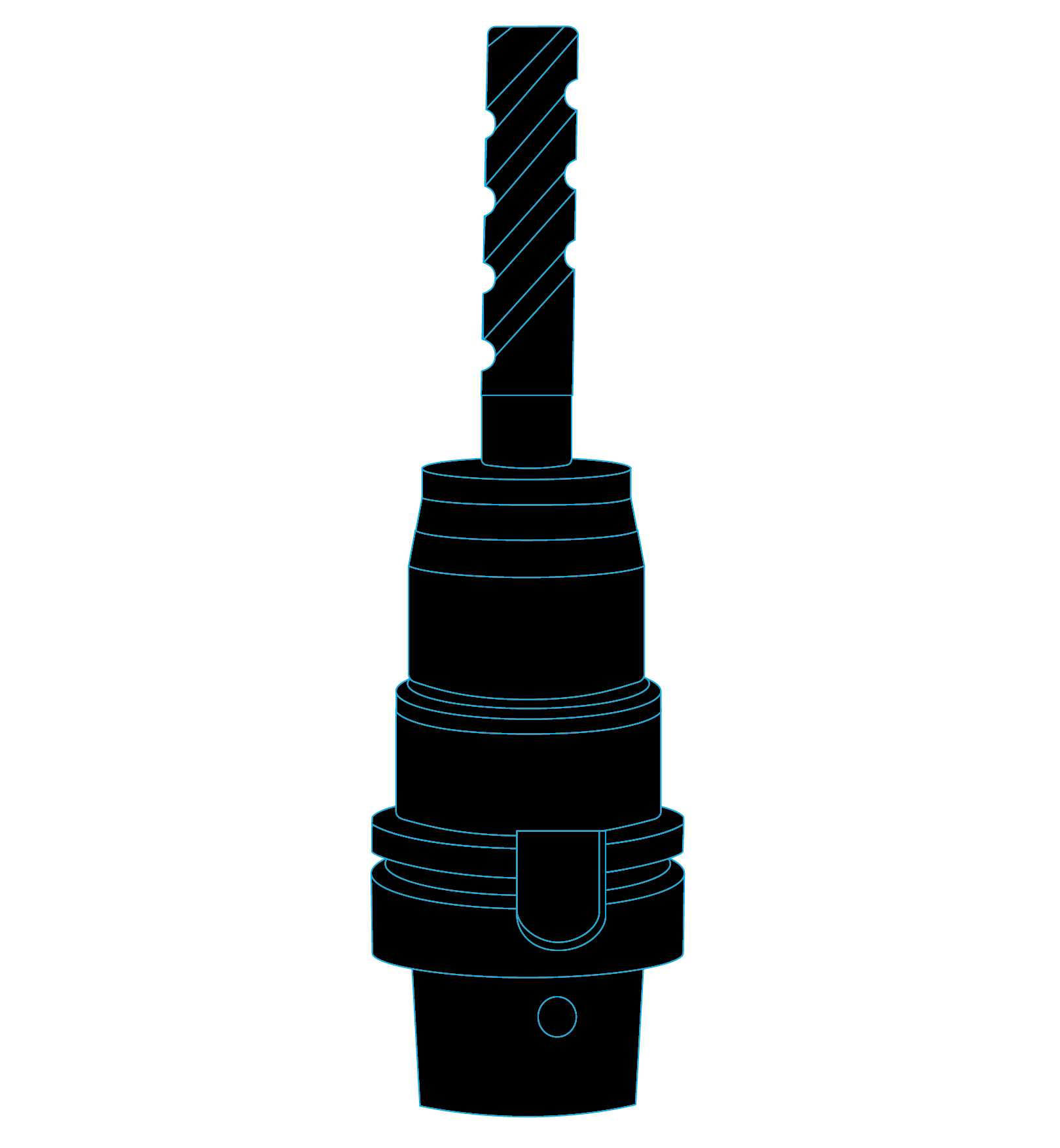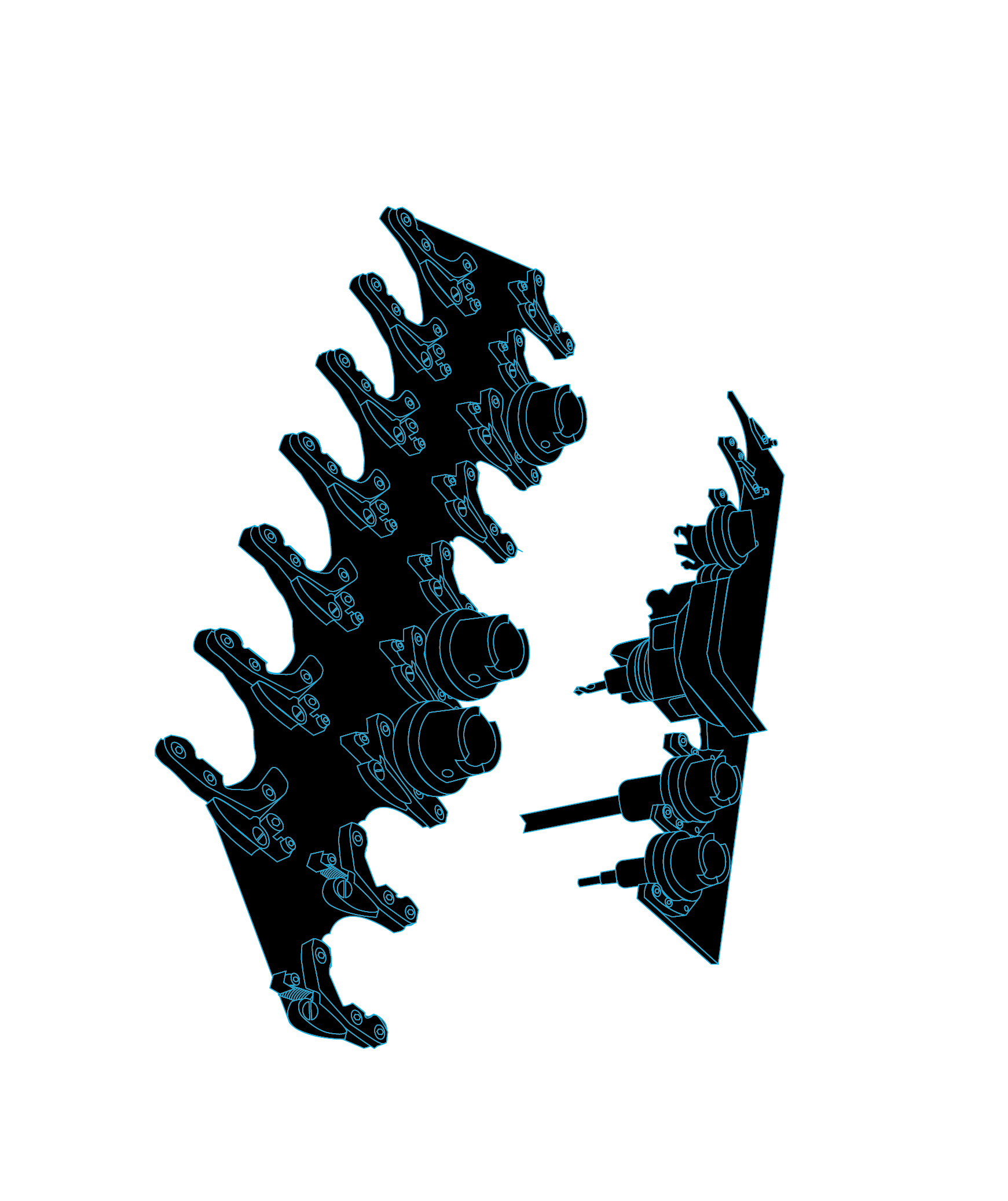Since the beginning, HELLER machine tools have been setting new standards in terms of cost-effective machining. The powerful machining centres are known for their exceptional efficiency and reliability, providing solutions at the highest technological level. The Digital Transformation, in which Heller has taken a pioneering role for itself and its customers, creates the preconditions for further efficiency gains throughout the entire manufacturing situation. It allows us to push the boundaries in terms of output and quality objectives whilst easing the load on the operators.
Text Martin Ricchiuti
However, there is no digitisation without data. The search for the cause of a failure or quality problems is no easy task, especially when several machines are connected to form an integrated system or a manufacturing line. In these complex, often automated processes, such issues are no longer ascertainable from the machine operating perspective alone. The same applies to the identification of optimisation potentials. Therefore, a holistic networking approach is needed in order to collect and analyse the necessary process data and to subsequently derive specific steps of action on shopfloor and control centre level.
“Quick wins give the people responsible for manufacturing a strong motivation to drive their digitisation projects forward and to convince both internal and external stakeholders. The tools from the HELLER Performance area are particularly useful for this purpose,” explains Bernd Zapf, Head of Development New Business & Technology. “However, optimisation that goes beyond the capabilities of the individual machine tools can only be achieved by applying the HELLER4Industry concept, comprising several consecutive and interlinked areas of action: Operation, Maintenance and Performance.” Adaptation to a variety of manufacturing situations leads to the optimal level of productivity based on the same pillars including the reduction of idle times, flexibilisation of use in favour of utilisation and ease of operation.
The increase in efficiency results from the interpretation of the data recorded. Through numerous OEM projects, HELLER has already gained outstanding expertise in this key area.
“Within the optimisation cycle, we are passing on this knowledge library to the users. Through trend analysis, for example, we enable them to avoid standstills, to recognise reserves and to parallel operations. This also includes the predictive set-up of the machine for the follow-on job.”
Focus on the customer benefit unit cost reduction
Basically, all sub-steps on the way to digitisation must be judged against the customer benefit. To reach the overall objective of a unit cost reduction on the customer’s behalf, HELLER uses digital optimisation tools from the areas of Performance, Operation and Maintenance to create the best possible triad of productivity, quality and availability. This already shows that the task fields vary greatly depending on the position of the employee responsible, accordingly changing the perspective on the respective production step. Apart from production data acquisition, which provides the data basis, HELLER has developed areas specifically tailored to the various requirements of the protagonists. This includes derivations regarding the maintenance condition and servicing throughout the life cycle of the system (Maintenance), process and production optimisation (Performance) and monitoring of product quality, the machine and the energy required (Operation).
HELLER acts as the general enabler throughout all value creation stages of manufacturing because today’s machine tools provide all the networking implementations to guarantee an orderly flow of information. This also applies to machines from other manufacturers, which can be integrated into the network in the same way using umati, the future communication standard for machine tools.
“Aside from the hardware, the digitisation tools also play a major role,” explains Bernd Zapf. “HELLERr4Industry works like a control loop, helping users at many different points to exploit the full scope of the theoretical potentials in practice. Only then, a HELLER machine can play to its superior strengths in an even more impressive way.”
Easy operation or the focus of the application on the task at hand, respectively, is the decisive factor for user value in practical application. Browser-based visualisation enables users with an internet-enabled device, e.g. a smartphone, a tablet or a PC, to retrieve the appropriate evaluations or information from any location and to share them with colleagues. With HSI, the HELLER Services Interface, HELLER has created a unique platform for this purpose. It serves as the user’s interface to the individual applications as well as a docking point for the wide range of HELLER services. It is up to the user to decide whether data will be extended to the cloud for a more in-depth analysis or if they remain local. When data leave the local HELLER Services Interface following data synchronisation via the local IoT operating system to the company server or the SIEMENS MindSphere on the internet, then an additional machine comparison of the machines in the company network or on the internet across several locations is available. Adaptation of the HSI on machine level, company level or across a group of companies takes account of the preferred network situation.
HELLER4Industry Connect for a scalable entry into digitisation
The entry into networking is very easy with HELLER because all modules and their interaction are validated by the manufacturer and available from a single source. Level 1 requires the Edge computer (SIEMENS Sinumerik Edge) for data storage and pre-processing, HSI local with basic functionalities, including machine overview, performance, operation and maintenance monitor, as well as the Production Analysis (PA) tool. With this configuration, all data and insights gained remain inside a database integrated into the machine, and thus inside the company, and are used for the individual optimisation of the ongoing production.
The integration of MES and ERP becomes a simple routine
On the next integration level, HELLER tackles the issue of data exchange between the machine and higher-level control systems such as MES and ERP. HELLER’s use of the standardised VDW MDA/PDA data interface with umati (universal machine tool interface) based on the OPC-UA standard guarantees seamless communication across machines from different manufacturers within the predefined scope. The umati standard makes the implementation of umati-conforming MES and ERP solutions especially convenient, eliminating the need for extensive programming.
The HSI modules at a glance
Depending on user requirements, optional services and functionalities from the individual modules can be combined. This allows to design scalable solutions tailored to individual requirements. In the local HSI configuration (without cloud connection), the following functions can be selected:
Axes Condition AC
Without requiring additional sensors, this functionality allows to identify the degree of wear of the main axes ball-screw drives in the feed movement and thus early recognition of a loss of quality.


Spindle Condition SC
Continuous monitoring of the spindle during the machining process using a vibration sensor provides permanent process monitoring and allows to identify the degree of wear of the spindle bearing. Overloads can be detected reliably. Both measures contribute to the goal of reducing unscheduled standstills.
Damage Reduction DR
Reduces the risk of damage to the components in case of a spindle collision by immediately reversing the direction of the drive axes. As a result, the potential damage is minimised.

Tool Optimization TO
An integrated tool monitoring function protects the tools and optimises tool life. Data recording and analysis help to optimise tool usage, allowing to predict the end of tool life in the best possible way using trend analyses. Tool overload or breakage is prevented, which, in sum, has a positive effect on tool costs. The available Integrated Process Monitoring IPM can be added as an upgrade to provide dependable detection of overload and breakage and thus to reliably determine tool wear.
Energy Monitoring EM
Continuous monitoring and clear visualisation and recording of the machine’s energy consumption can help to identify anomalies more easily and can contribute to energy savings. The breakdown of consumption rates according to operating mode and source (electricity and air) is essential for early detection of problems and can also be used as a basis for future energy audits.
Magazine Optimisation
The Magazine Optimisation performance tool already presented in previous issues will be available to users in the fourth quarter. The pre-sorting of tools in the rack-type tool magazine in the machine according to the follow-on manufacturing job makes tool change faster and more efficient. The optimal storage location assignment results in shorter program runtimes and traverse paths. To achieve this, the function accesses the upcoming CNC programs for analysis.

The future is already here
The new HELLER4Industry products impressively demonstrate the high value of process and machine data, when they are aggregated and evaluated productively. With its comprehensive portfolio, HELLER demonstrates how digitisation and networking are currently pervading the key areas of manufacturing. Closed data circuits provide the users with those customised functions and visualisations they need in practical application. From the design to job preparation and production through to related fields of activity such as maintenance and servicing: HELLER customers can rely on future-proof manufacturing taking into account all technical and organisational perspectives to continually push the boundaries of performance in order to increase output and quality levels whilst taking the load off the operators.

